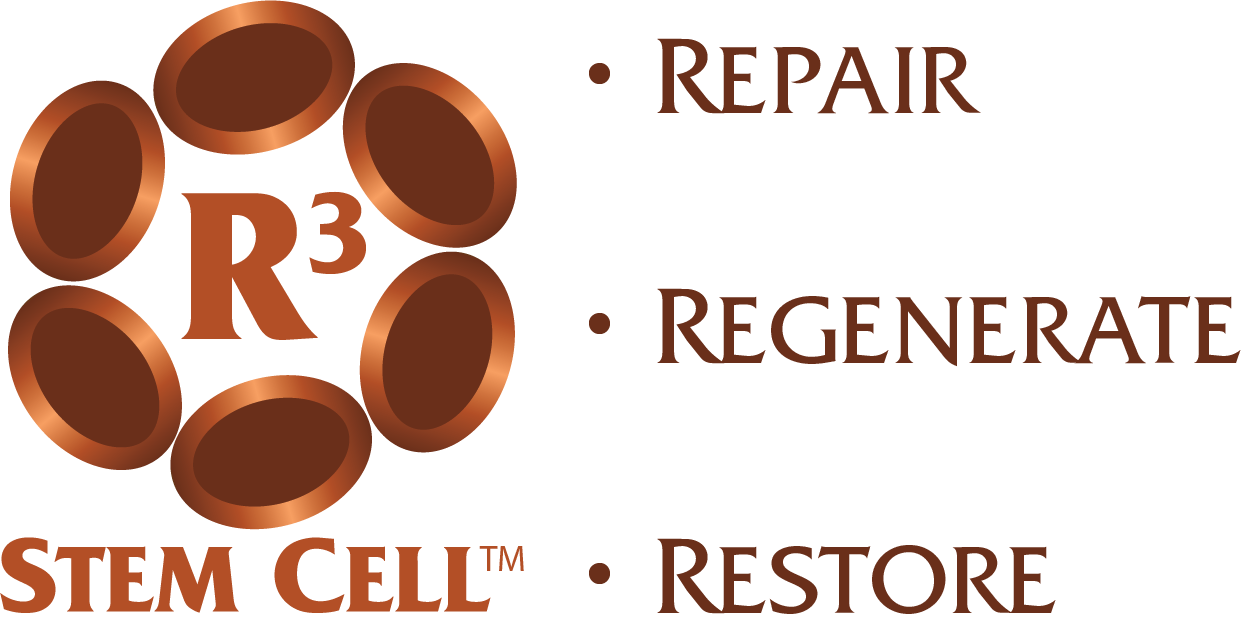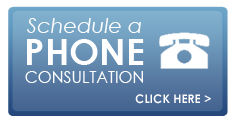Injections with 10 Million Stem Cells ONLY $2495! Includes Our One Year Therapy Commitment.
PRP Therapy

What is platelet rich plasma therapy?
Also called PRP therapy, the procedure has become exceptionally common around the country for use with bone, joint and soft tissue conditions. PRP has actually been around for decades with excellent results for wound care.
However, over the past decade it has become exceptionally popular for conditions such as sports injuries, overuse conditions and in conjunction with a stem cell procedure.
It should be noted up front that platelet rich plasma therapy is NOT a stem cell procedure. It does classify as a regenerative procedure, but there are very few stem cells in the biologic.
When is PRP therapy used?
There are primarily four situations where PRP is used:
- As part of a stem cell procedure. The PRP may help potentiate the activity of the stem cells and other regenerative cells.
- For a sports injury. If an athlete has a ligament, tendon or other soft tissue injury, PRP may be a great option. It can help athletes recover faster than with traditional therapies. It may also help an athlete avoid surgery.
- For an overuse condition. This may include any of the overuse conditions that occur with aging such as plantar fasciitis, rotator cuff tendonitis, etc.
- For joint arthritis. PRP therapy may be very helpful for joint pain relief. However, it is not going to result in additional cartilage formation. It may assist with the status quo though.
Where does PRP therapy come from?
PRP therapy starts with a simple blood draw from the person’s arm of thirty to sixty cc’s. That blood goes into a kit that looks like a test tube. The kit is then spun rapidly in a machine called a centrifuge for fifteen minutes.
After the spin, the patient’s blood is separated into three components. The top and the bottom layers are discarded, while the middle layer is actually the PRP.
If the patient’s blood starts at a 30cc draw, the actual PRP ends up at 5-7 cc’s being used.
What’s in PRP therapy?
PRP contains three main ingredients. As you may guess, the first one is platelets. They are very helpful in the healing process. The second main ingredient is growth factors. They act like a construction foreman in the body, delegating and supervising the repair process.
The third major ingredient of platelet rich plasma therapy is white blood cells. They promote inflammation, which is the first phase of healing. There are VERY few stem cells in PRP therapy, certainly not enough to call it a stem cell therapy.
PRP therapy is NOT all the same at different clinics. The centrifuge machines are different, and so are the kits. The percentage of cells varies considerably between systems.
IMPORTANT POINT: If any clinic offers you a stem cell therapy known as “PRP”, that is misleading and wrong. It just isn’t a stem cell procedure!
How is it administered?
The majority of PRP procedures are given via injection. Since it’s your own blood, there is really no chance of rejection. In unusual circumstances, the material may be given through a nebulizer.
Often times, PRP therapy is performed as a series. This may include 2 or 3 procedures over a period of a few months for optimal benefit.
What are the risks?
Risks with PRP are minimal. It’s your own blood, so no risk of rejection. The risk of infection is low, but a possibility.
it is important to understand that there may be an increase in pain for a couple days afterwards as a result of the increase in inflammation. This typically resolves nicely, and then the pain relief kicks in!
Is there any insurance coverage?
In the vast majority of cases, insurance coverage doesn’t exist. Once in a while, a state may allow coverage but it’s unusual.
What does platelet rich plasma therapy cost?
PRP therapy runs a gamut. It may start at $500, and range upwards of $1300. This depends on geography, the size of the kit and how many procedures are being purchased.
What makes PRP therapy at R3 different than other places?
With over 30 different Centers of Excellence nationwide, R3 provides comprehensive regenerative therapies. Not only does this include PRP therapy, but also regenerative cell therapies with stem cells, growth factors, exosomes, secretomes, cytokines and more.
R3’s procedures represent a program, with supplements and additional therapies specifically designed to enhance outcomes!


